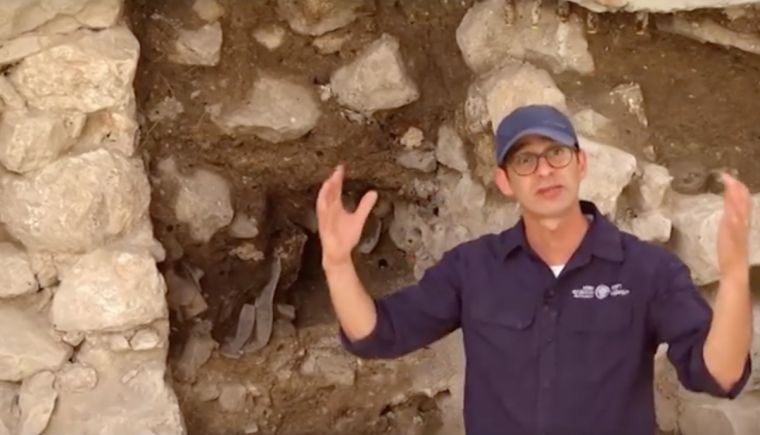'Biblical Fire' actually happened; Jerusalem archaeologists prove scripture historically accurate

Archaeologists at a dig in Jerusalem are claiming their discoveries prove a Bible passage is historically accurate.
Excavating the City of David in Jerusalem, archaeologists have found a host of ancient burnt artefacts dating back around 2,600 years.
The discovery of charred wood, grape seeds, pottery, fish scales and bones covered in layers of ash prove the authenticity of the biblical description of the burning of Jerusalem, according to the Israel Antiquities Authority.
The book of Jeremiah describes the destruction at the hands of the Babylonians: 'Now on the seventh day of the fifth month, which was the nineteenth year of King Nebuchadnezzar, king of Babylon, Nebuzaradan the captain of the guard, a servant of the king of Babylon, came to Jerusalem.
'He burned the house of the Lord, the king's house, and all the houses of Jerusalem; even every great house he burned with fire' (52:12-13).
Dr Joe Uziel, the dig's chief, said seals and stamps allowed them to be dated accurately.
'These seals are characteristic of the end of the First Temple Period,' he said in a video for the Israel Antiquities Authority.
'It seems like not all of the buildings were destroyed in a single event. It seems that some were destroyed and others were abandoned and left.'
He went on: 'The excavation's findings unequivocally show that Jerusalem had spread outside of the city walls before its destruction. A row of structures currently under excavation appears beyond the city wall that constituted the eastern border of the city during this period.
'Throughout the Iron Age, Jerusalem underwent constant growth, expressed both in the construction of the city wall and the fact that the city later spread beyond it.
'Excavations carried out in the past in the area of the Jewish Quarter have shown how the growth of the community at the end of the 8th century BCE caused the annexation of the western area of Jerusalem.
'In the current excavation, we may suggest that following the westward expansion of the city, structures were built outside of the wall's border on the east as well.'











